
Setting standards for surgeons and hospitals was a key task undertaken by the College. ACS served as a key player in developing medical resources for World War I.
1913
The American College of Surgeons Launches
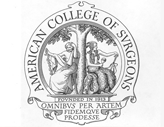
1913
The American College of Surgeons Launches

The American College of Surgeons was launched in May 1913 at the fourth Clinical Congress, attended by 4,000 in Washington, DC. Signature events at the founding included Lister’s Gavel Presented by Royal College of Surgeons, Requirements for Fellowship Leads to 60 Percent Rejection Rate, and The "No Fee-Splitting" Pledge.
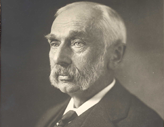
1913
Lister's Gavel Presented by Royal College of Surgeons
1913
Lister's Gavel Presented by Royal College of Surgeons
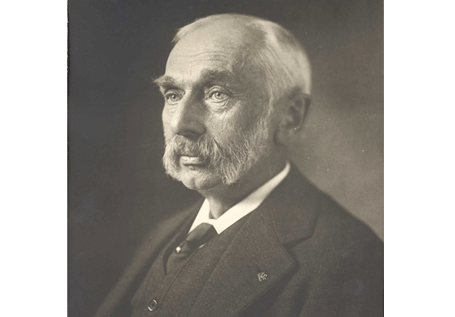


Sir Rickman Godlee, MD, FACS (Hon), presented the College with a gavel made from the desk of his uncle, surgeon Joseph Lister, 1st Baron Lister of Lyme Regis, a pioneer of aseptic surgery. Dr. Godlee, president of the Royal College of Surgeons, became the College's first honorary fellow at the meeting. The gavel has been used in every Clinical Congress since.
1913
Requirements for Fellowship Lead to 60 Percent Rejection Rate
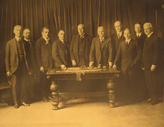
1913
Requirements for Fellowship Lead to 60 Percent Rejection Rate
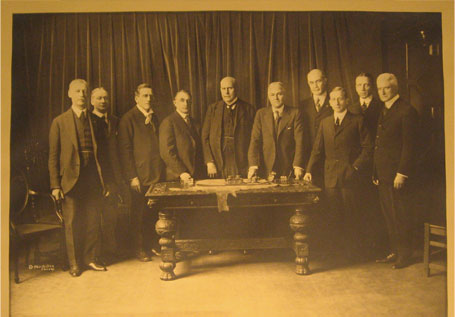
The requirements for Fellowship in the College were set forth in the first report of Franklin H. Martin, MD, FACS, to the Regents.13 Fellows were required to submit detailed case records of 50 consecutive major operations they had performed themselves. In the first three years of its existence, the College rejected 60 percent of the applicants for Fellowship because the case records provided insufficient basis to determine clinical competence.14
Citations
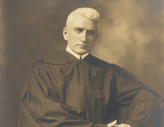
1913
The "No Fee-Splitting" Pledge
1913
The "No Fee-Splitting" Pledge
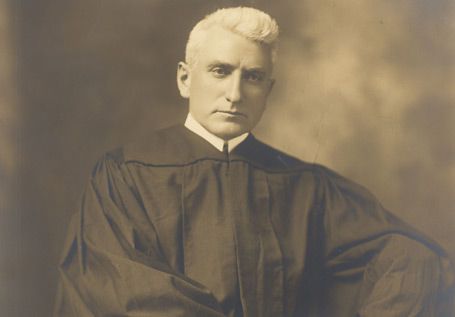
A motion was made and passed that each Fellow should pledge not to split fees: "Upon my honor as a gentleman, I hereby declare that I will not practice the division of fees, either directly or indirectly, in any manner whatsoever."15 As Franklin H. Martin, MD, FACS, later described it, fee-splitting is an "abominable practice" involving "the buying and selling of patients, with the highest bidder the purchaser, regardless of his ability."16 The requirements specified that the signer agreed not to collect fees for others, have others collect them for him, or make "joint fees" related to patient referrals. Despite the pledge, "fee-splitting" would long remain a contentious issue for the College.
Citations
1913
The College Teams Up with the Ladies' Home Journal to Take On Cancer
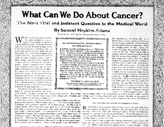
1913
The College Teams Up with the Ladies' Home Journal to Take On Cancer
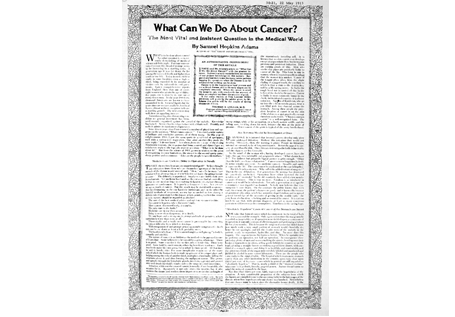
At a time when cancer was thought by the public and many physicians to be contagious and incurable, the College collaborated with the American Society for the Control of Cancer
(now the American Cancer Society, also founded in 1913)17 to spread the message of early detection and advances in treatment. ACS became the first organization to hold a series
of meetings to inform the public about the disease. Included in the effort was a series of stories about cancer in popular magazines, including the Ladies' Home Journal,18
which ran an article called "What Can We Do About Cancer: The Most Vital and Insistent Question in the World."19 The articles, read by an estimated 11 million people, helped to revolutionize
the public's understanding of the disease.20
Citations
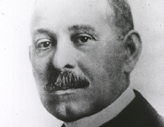
1913
Renowned Surgeon Daniel H. Williams Becomes the First African-American Fellow
1913
Renowned Surgeon Daniel H. Williams Becomes the First African-American Fellow
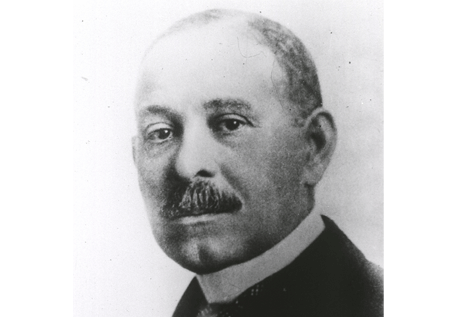
Daniel Hale Williams, MD, FACS, was the first African American to become a Fellow. He gained recognition as only the second surgeon in the U.S. to report the successful repair of a stab
wound to the pericardium in 1897, and reported one of the earliest successful attempts at surgical repair of the spleen in 1902.21 The move to accept Dr. Williams as
a Fellow sparked a fierce debate in which one surgeon warned that his admittance to the College would erode support for the organization in the South. Although Dr. Williams was accepted, the race issue would linger for decades at the College, as it did at many medical institutions and organizations of the time.22
Citations
1914
College Admission Requirements Should be Based on Experience, not a Test, Dr. Franklin H. Martin Recommends
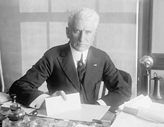
1914
College Admission Requirements Should be Based on Experience, not a Test, Dr. Franklin H. Martin Recommends

College Director Franklin H. Martin, MD, FACS, gave his final report on requirements of Fellowship to the Regents and Fellows, recommending an experience-based standard instead of a written test.

1916
College Helps Mobilize Medical Resources in Preparation for War
1916
College Helps Mobilize Medical Resources in Preparation
for War




President Woodrow Wilson appointed Franklin H. Martin, MD, FACS, to the Advisory Commission of the Council of National Defense that oversaw every aspect of military preparation and
served as a policy nerve center throughout the war. He became chairman of the group's Medical Committee, which addressed medical problems related to the national defense. In addition,
the presidents of the College, the Clinical Congress (which had yet to merge with the College) and several other prominent medical organizations, appointed the Committee of American
Physicians for Military Preparedness to inventory and coordinate civilian medical resources for use in the war effort. The committee, chaired by William J. Mayo, MD, FACS, surveyed the
capacities of some 1,700 medical institutions.23
Citations
1917
Clinical Congress Merges with College
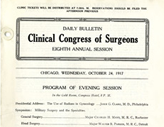
1917
Clinical Congress Merges with College

The four-year-old American College of Surgeons absorbed the now annual Clinical Congress. The Clinical Congress remains the College's premier annual educational meeting to this day.
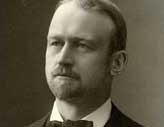
1918
Most Hospitals Fail to Meet Minimum Standards of College Hospital Standardization Program
1918
Most Hospitals Fail to Meet Minimum Standards of College Hospital Standardization Program

As part of its hospital standardization program, first proposed by Ernest A. Codman, MD, FACS, at the 1912 Clinical Congress, the College started a process of voluntary, on-site
hospital inspections. This program embodied Dr. Codman's concept of “The End Result Idea,” his premise that hospital staffs would follow every patient they treat long enough to determine
whether or not the treatment was successful. They would then learn from any failures and how to avoid those situations in the future.24 On Oct. 24, 1919, John Bowman, PhD, the College's first
director, announced the results of the field trials in New York: Only 89 of 692 hospitals met the most basic standards, including some of the most prestigious hospitals in the country. Rather than allow it to fall into the hands of newspaper reporters, the list was burned at midnight in the furnace of the Waldorf Astoria Hotel.25 The hospital
standardization program would later evolve into the Joint Commission (1952).
Citations
1918
Over There! College Helps Advance Military Medicine through Field Hospitals
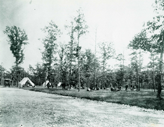
1918
Over There! College Helps Advance Military Medicine through Field Hospitals

Several founding members of the College had key roles in organizing field hospitals for the American Expeditionary Force (AEF), the first time the United States sent its military abroad to defend foreign soil.203 Earlier in the War, College Fellows George Crile, MD, FACS, and Harvey Cushing, MD, FACS, ran a field hospital in France called the Ambulance Américaine, which was organized by Americans in Paris to treat casualties from all nations. As the U.S. entered the War, Dr. Cushing led a crusade to erect a full-scale field hospital in the Boston Common to show the American public the need for military medical preparedness. He was forced to forego his effort when his medical team was among the first units mobilized by the U.S. Army to go to France.26
Citations



